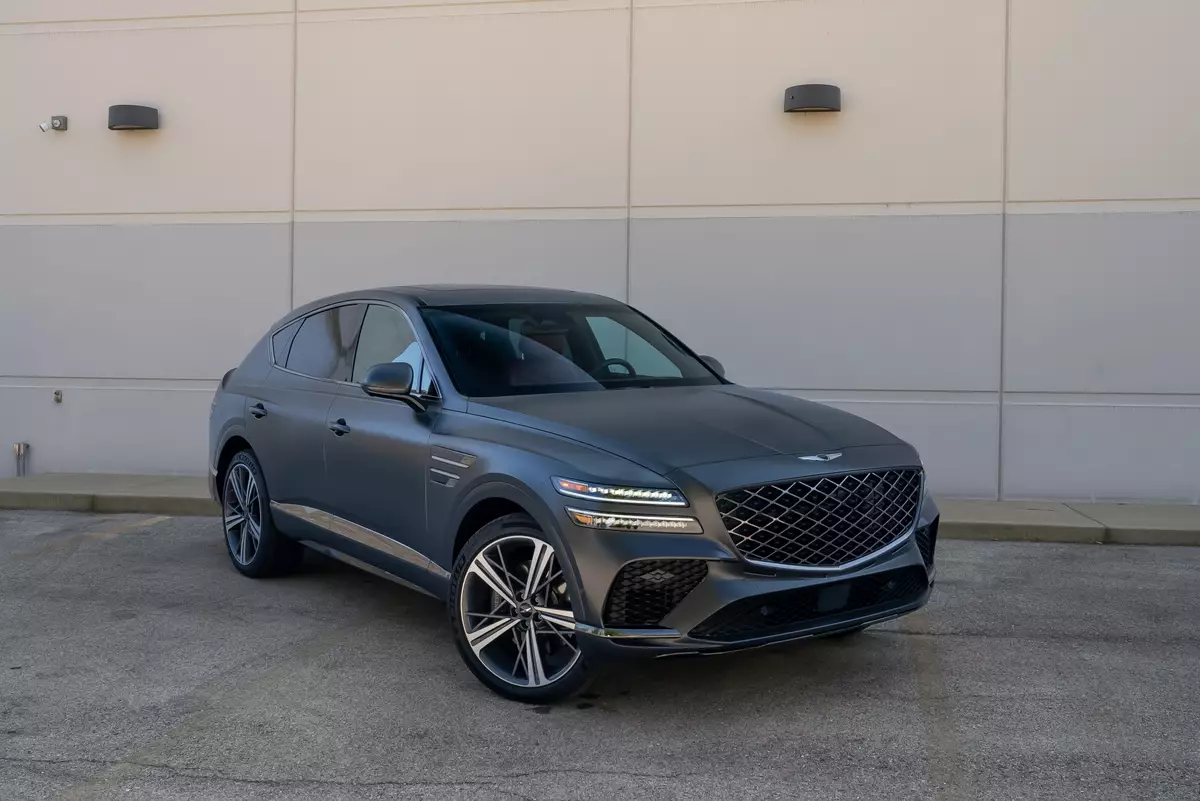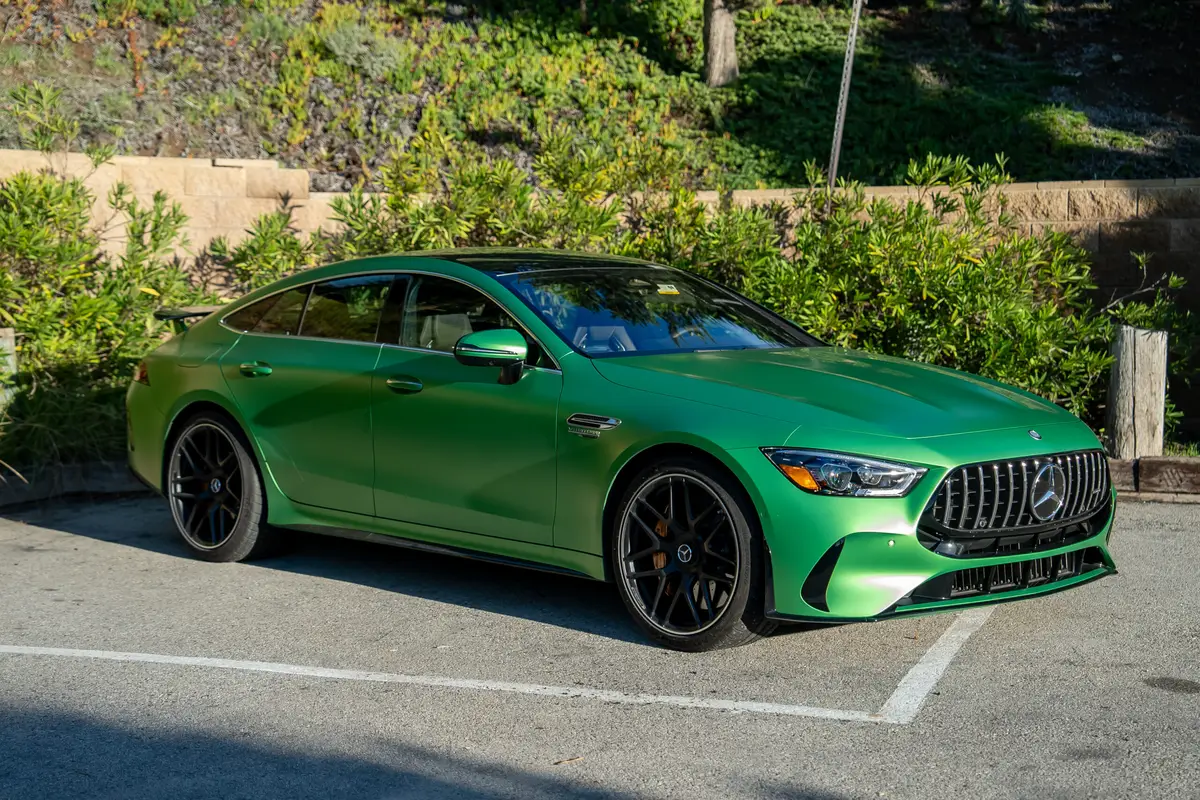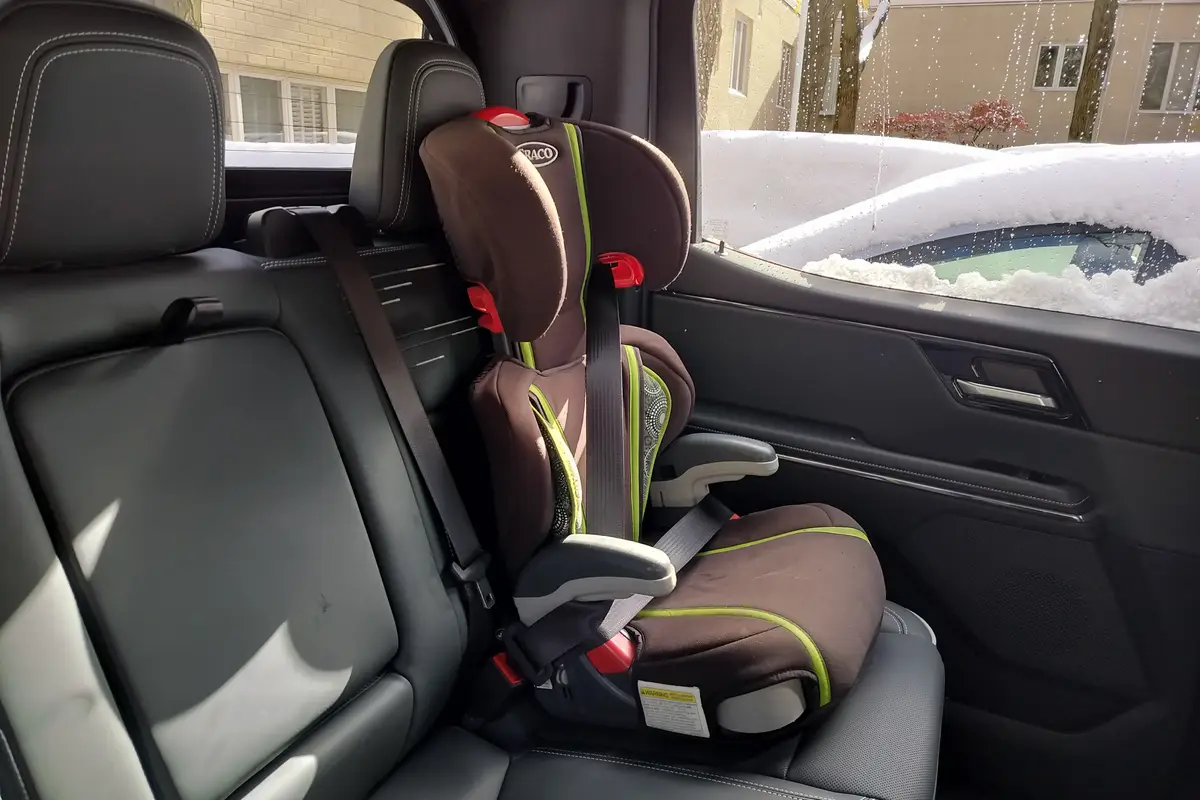washingtonpost.com's view
The old Rio Mill is now Rio Hill, site of a suburban shopping center just north of town. But it was the scene of bloodletting 137 years ago.
Union soldiers led by Gen. George Armstrong Custer came to the area to burn a bridge and some railroad links. Custer met determined Confederate resistance, and many locals still think the Confederates won.
But the record shows that Custer succeeded in burning down the bridge over what is now the Charlottesville Reservoir. That made it difficult for the Confederates to pursue him. But they caught up with him in a Jeep Liberty.
Okay, that last part was a bad dream stemming from my fascination with the Civil War, and a day of driving the 2002 Jeep Liberty through Virginia’s Piedmont region, on- and off-road.
I love Virginia, throughout which much of the Civil War was fought, but I’m happy that the South lost. Had it won, I might not have had the liberty to test-drive the Liberty in the rolling hills leading west to the Blue Ridge Mountains.
Jeeps, especially the Cherokee model the Liberty replaces, were hot three years ago. But shoppers lately have been turning away from them in favor of rival midsize sport-utility vehicles.
That’s bad news for DaimlerChrysler in a new-vehicle market where sport-utility models and other light trucks account for 48 percent of sales. The company had a choice: Spiff up the Cherokee and try to squeeze it for more revenue, or try something else.
“We chose to make a clean break with the Cherokee, to go with something new,” said Dieter Zetsche, Chrysler Group’s chairman and chief executive. Thus came the Liberty, a vehicle that is softer and more round in appearance than the Cherokee, but which is every bit as competent off-road.
The idea is to appeal to a younger, more affluent group of potential Jeep buyers — who want to be simultaneously rugged and comfortable — without alienating hard-core Jeep enthusiasts, who believe glory lives in pain.
Platoons of auto journalists brutalized preproduction samples of the Jeep Liberty here. Doors were dented and scratched, and rocker panels that slammed into big rocks were bent. But generally the test vehicles made it through the endurance contests in good shape.
The Liberty is tough — more rigid than its predecessor in terms of body structure, more manageable over rough terrain. DaimlerChrysler installed new, independent front and rear suspension systems in the Liberty that do a good job of handling the Jeep’s unsprung weight and limiting vehicle lean during cornering. The test models remained remarkably stable on steep, rocky inclines. Each was equipped with a four-wheel-low gear, which pulled them through deep, thick mud. I was impressed — with those aspects of their performance.
But DaimlerChrysler’s problem is that most SUV owners never take their vehicles off-road — certainly not for the kind o f bump-dent-and-scratch driving we did here. Those people want peace, not war. They want to get through the snow, not to the front lines, and they are primarily interested in things such as creature comforts, carrying capacity and a smooth on-road ride.
The Liberty is competent in those areas, but it does not excel, and that particular lack of excellence leaves it vulnerable to pretty metal, such as the new Acura MDX, which has about as much heritage as a nouveau riche bank account.
Latest news


2026 Mercedes-AMG GT63 S E Performance 4-Door Coupe Review: A Mouthful, a Handful and an Eyeful

